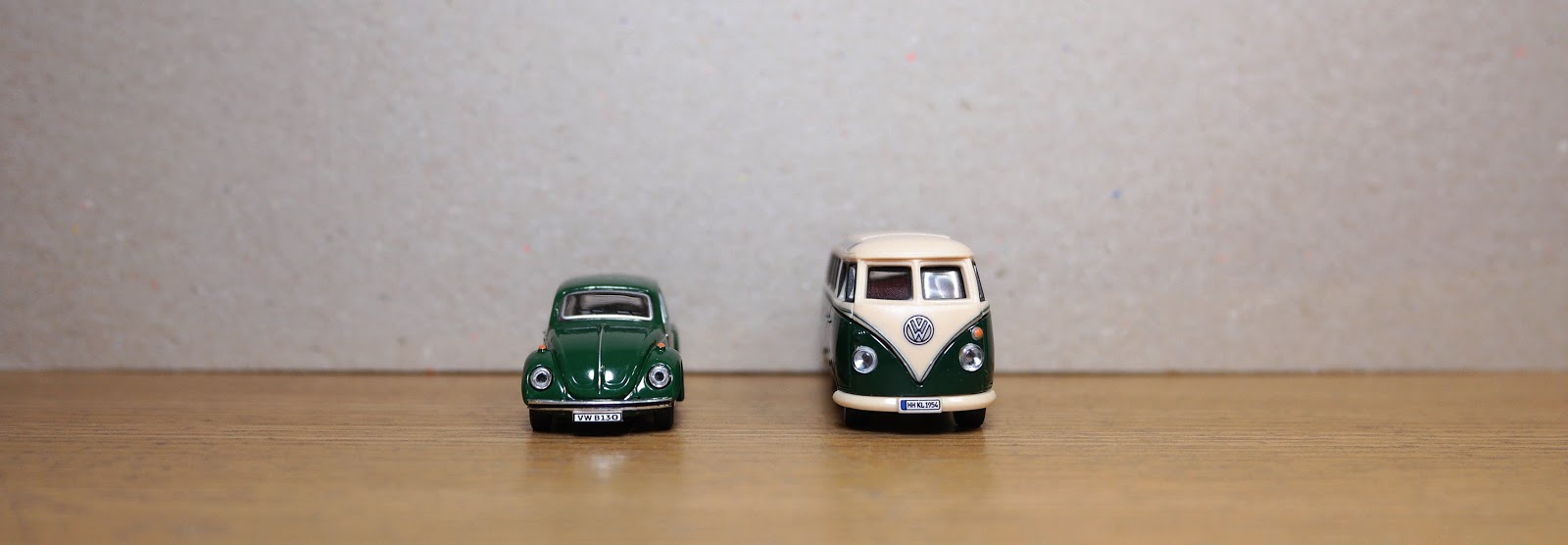Everything came packaged in padded bubblewrap envelopes, with additional padding to prevent the contents from excessive movement during shipping.
The box is huge compared to what was actually being shipped, but it probably helps to prevent fragile parts from being broken in the mail.
Anyway, the models I ordered were:
- 1/72 Kosmoceratops by David Krentz (David Krentz Dinosaurs)
- 1/72 Arsinoitherium by Manuel Bejarano
- 1/72 Quetzalcoatlus by Aaron Doyle (Mesozoic Miniatures)
- Land Squid from Many Angled Studios (I'm thinking it's a Chthonian)
- HO Scale Frogs and Fire Hydrants by Dave Yale (Dave's Model Railway Stuff)
My impression of the models made with the White Strong & Flexible (WSF) material is mixed. Apparently WSF is Nylon 12 (aka polyamide 12), but it seemed very different from the material that was used to make the Serúdla models that I reviewed a couple of years back.
The models seem very light and don't feel particularly robust. I'm guessing that is because they are partially hollow. The material really reminds me of the type of plastic used to make caps for fast food drink cups.
The surfaces are very powdery/grainy looking, and edges that should ideally be sharp and smooth are covered with burrs. I tried to smooth the beak of the Quetzalcoatlus with some fine sandpaper, but it just made the burrs worse.
Perhaps some Mr. Surfacer will work to make the surfaces smooth, but I'd be open to suggestions from anyone with any experience polishing this material.
From a foot away, I'd say that the models look really good. The contours and poses are all top notch. However, close up they really look like rapid prototypes. My son examined the models a bit, and commented that they looked like "outlines" rather than detailed models.
The fine details of the mouth and eyes of the creatures are very soft or non-existant.
Here is a comparison of details from a Krentz resin styracosaurus and the WSF kosmosaurus.
Most of the skin texture that you see on the 3D render is lost in the print.
 |
| Krentz Kosmoceratops from Shapeways |
Even so, I'm always impressed by the fine digits that are possible with 3D printing.
I won't go into the models made with FUD , but they look pretty fantastic. It's just that they're tiny, and the material is really hard to photograph in its natural state.
 |
| Dave's Model Railway Stuff Frogs from Shapeways |
I should have ordered one each of the WSF models in FUD to do a true comparison, but ordering another model at twice the cost didn't seem like it was worth it to me at the time. However, now that I think about it, in monetary terms, the FUD version of a Krentz model is still probably only ⅔ of the price of a comparable model in resin.
In addition to the Shapeways models, I had also purchased 3D printed elephant and mammoth models from an eBay seller. These models were made with ABS, which feels a lot more sturdy than WSF.
 |
| 1/72 Columbian mammoth and Asian elephant |
Layer lines are clearly visible on the models.
The underside surfaces have an odd fingerprint-like pattern to them.
The nice thing about ABS however is that it can be polished. Sanding is one option, but acetone vapor treatment also seems to work wonders. I will try this out and post about it at a later date.
In conclusion, my thoughts are that WSF is good for models that do not have delicate surface details or require hard edges. There could probably be a good market for sculpting dollies made with WSF. In the future, I'll go with FUD when ordering models. However, I don't really see myself ordering many models for the moment, because the price point seems rather high.
Modeling Notes:
WSF is heatproof to 80℃ / 176℉ and has a melting point at 172℃-180℃ (I wish I had known this when I was modifying my Serúdla). Additional specs can be found in the MDS.
A tutorial found at Shapeways recommends CA glue or Araldite epoxy resin for gluing Nylon 12. I also found additional information about bonding Nylon at RELTEK.
Frosted Ultra Detail (FUD) is some sort of acrylic polymer. Specs can be found in the MDS.
The layer lines on ABS models can be smoothed out using acetone vapor. There are a number of tutorials that can be found online, but the method that I plan on using will probably be similar to the one described in this Airwolf 3D video tutorial.
I like this method because I don't particularly want to be working with fire and acetone at the same time, as described in many other videos. Having the liquid acetone above the the model (but not dripping onto the model) also makes a lot of sense, since acetone vapor is heavier than air.






































































